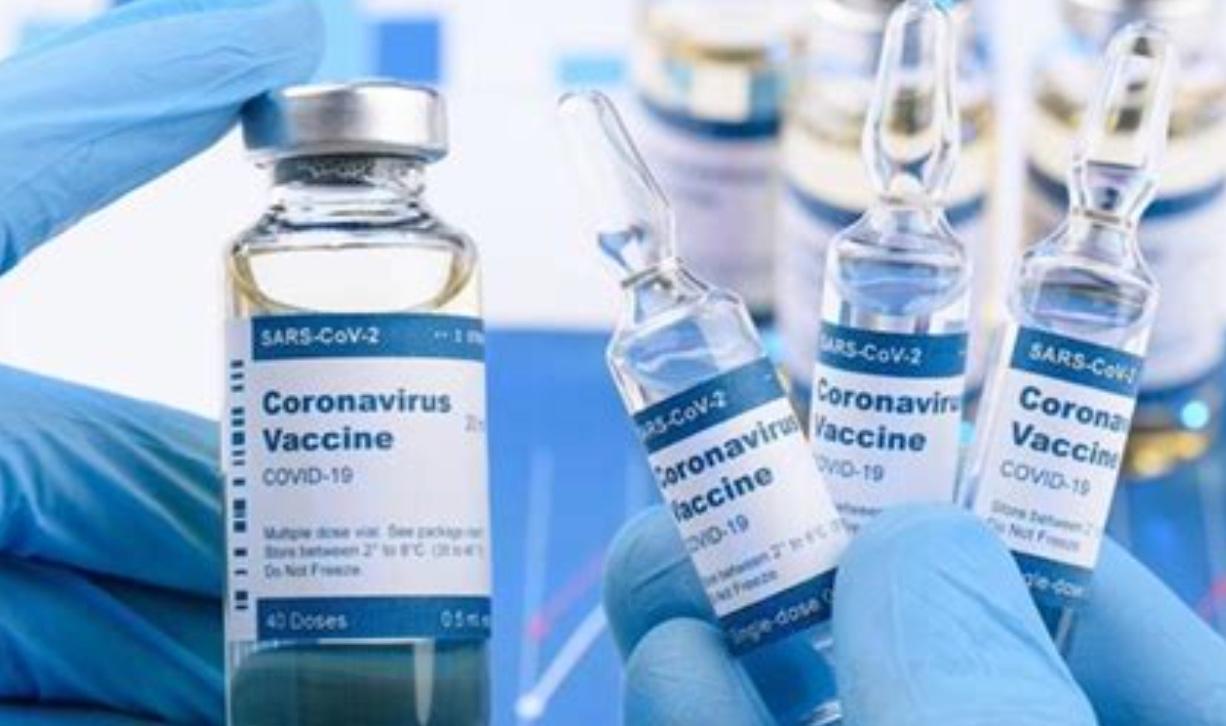Experts Worry As Leading COVID-19 Vaccines Adopt Trial Shortcuts In “Rush For Results”
Tyler Durden
Tue, 09/22/2020 – 13:05
As doubts about the FDA’s credibility grow as the agency awaits the initial results from the frontrunner’s “Phase 3” trials, the leading vaccine makers are working to further expedite the approval process by streamlining procedures to try and make a determination about whether their vaccine “works or not” within the next month or so.
The issue, as Bloomberg reports, is that the leading vaccine companies are shooting for low targets for the number of confirmed infections among the tens of thousands of patients they’ve recruited for their trials.
Remember, half of the test subjects have been given a vaccine, while the other half haven’t.
Leading candidates will reportedly conduct their first round of analysis after just 32 people have been sickened, with Pfizer and BioNTech giving their joint project a goal of 164 cases before they move ahead with the application for emergency approval.
The companies plan a first look after a mere 32 coronavirus infections have accumulated in their massive 44,000-person trial. That case total could be reached as soon as Sept. 27, according to Airfinity Ltd., a London-based analytics firms tracking vaccine trials.
Pfizer has also given itself four chances to get a preliminary result, before reaching the final goal of 164. Some trial experts say the company appears to be looking for a leg up in a race against frontrunners such as Moderna Inc. and AstraZeneca Plc to be first with a vaccine.
“I’ve never seen a trial where there were four interim analyses; that may be the Olympic record,” said Eric Topol, editor-in-chief of Medscape, a website offering clinical information for health-care professionals, and director of the Scripps Research Translational Institute in La Jolla, California. “It’s obvious why it is being done: so you can just keep looking at the data to try to win a race.”
The projects will also give reglators several “early looks” at their data so they can decide whether any red flags have emerged that require halting the trial, or – if the data are overwhelmingly positive – call for an early end to the trial.
A wide range of symptoms and severity makes the evaluation of Covid-19 vaccines tricky. The U.S. Food and Drug Administration has said that to be approved, vaccines should cut the number of symptomatic cases by half. Yet documents released by the drugmakers show each has its own approach to defining which symptoms count, and when to count them.
Big drug studies usually allow a panel of monitors to get an early peek at the data once or twice before the planned end. The panel can stop the trial early if a treatment is judged overwhelmingly effective – or alternatively, a total dud. Four early looks may give Pfizer an “easy route” to making sure it has results soon, said Marie-Paule Kieny, a former World Health Organization official who’s now a research director at the French health-science institute Inserm.
“It seems that there are different levels of stringency,” she said in an interview. “I wouldn’t say that Pfizer-BioNTech comes out as a star of stringency.”
Pfizer says it expects to have conclusive results on whether the vaccine works some time in October. However, they don’t expect vaccinations to start lowing hospitalization rates until at least February.
As experts debate the prudence of moving ahead before dozens, or even hundreds, of cases have been confirmed, Pfizer is countng patients with even extremely mild symptoms like a fever as “symptomatic” to help juice the numbers.
If Pfizer-BioNTech or Moderna-NIH or AstraZeneca-Oxford do achieve emergency approval next month, patients in the trial will have had only 2 months of follow ups, and data on long-term affects won’t arise for a long time.
If Pfizer’s vaccine were to receive emergency authorization based on results from October, for example, most patients would have had less than two months of follow-up. At that point, there will be little known about its duration of protection, and its impact on severe disease may not be clear.
Along with a positive test for the coronavirus, Moderna requires most patients to have two or more symptoms to count as a case for judging vaccine efficacy, unless they have a telltale marker like shortness of breath.
Ironically, all of this is coming after Moderna, Pfizer and others released their “blueprints” about the trials to try and ease concerns by being more “transparent”.
This “rush for results” could make it “harder to get clear answers about how well the vaccines work,” one expert told Bloomberg. “We want to know this vaccine has strong efficacy, and that means two things: It works in the majority of people and htat it works to prevent serious infections, not just soar throats.”
These questions simply reinforce the notion, touched on earlier Tuesday by UK PM Boris Johnson, that citizens shouldn’t view the delivery of a vaccine by the end of the year as a foregone conclusion.
via ZeroHedge News https://ift.tt/32QKE8A Tyler Durden
